I'll put my bottom line first here: I was tempted to think this would help me drop my tube amp for gigs and travelling, but it just isn't good enough - so it has gone back to Thomann. There are several reasons why it might work for you though - just depends what you are used to and what you want.
First: I play a lot of clear sounding guitar (Les P, Tele, amplified acoustic) and some valve overdrive sounds for solos, and I wanted a transportable alternative to my Mesa Boogie mini-Rectifier + cab (Celestions). I have never been a big AC30 fan, but the reviews made the Ruby sound pretty flexible.
Operation: let's just say the 6 knobs, with toggle switches to change their function and unintuitive reverse dial effect (maybe the AC30 was like that, who cares...) doesn't lend itself to dialling in your preferred sound easily. After three sessions with it I just about had it worked out, and of course you can save the settings to the app which is not too bad. See other reviews on this, all I can say is it is not easy to operate. This is not a gain/treble/mid/bass/presence/master volume rig...
Sound: I tried via desk monitors and a small PA system; I could get it to an OK sound, close to the clean channel on my mini-rectifier - but the rest of the settings are buzzzzzed, too easily overdriven and all too authentic copy of a small amp being cranked up. Which is maybe what some might look for (the Brian May overdriven preset on the app is sweet) - but I bet you can dial that in with most tubescreamer pedals at 1/3rd the price. So yes, you can probably find one amp sound that you like... but then what? What is the point of the complicated tone adjustment interface, or six cab simulators, you might ask.
Features: no reverb (good choice; don't want one in an amp, my Hall of Fame II goes everywhere) but there is a vibrato/tremolo a la AC30, but it is harsh and only works in one setting - so you need another on your board anyway... Then, no XLR/balanced outputs (that's an issue for something that should go straight to a desk), and since it is a pedal pretending to be an amp, why no headphone socket? And also not clear to me how I would/could use it to split between the desk and an amp on stage.
Build: no complaints. Looks good and sturdy. Design: Would sit comfortably on a pedal board but then again you'd be constantly on your knees fiddling with the knobs? So probably shouldn't be on a board... but then has stomp switches... go figure. Seems they couldn't decide which it was?
So my conclusion : sound not enough to really replace a *very good* tube amp, utility not well thought out unless you were looking for an AC30 sound that you had to have but didn't want a reconditioned vintage, and not really practical in any case to take gigging. A real pity - I had high expectations - but thank you Thomann for the great service!



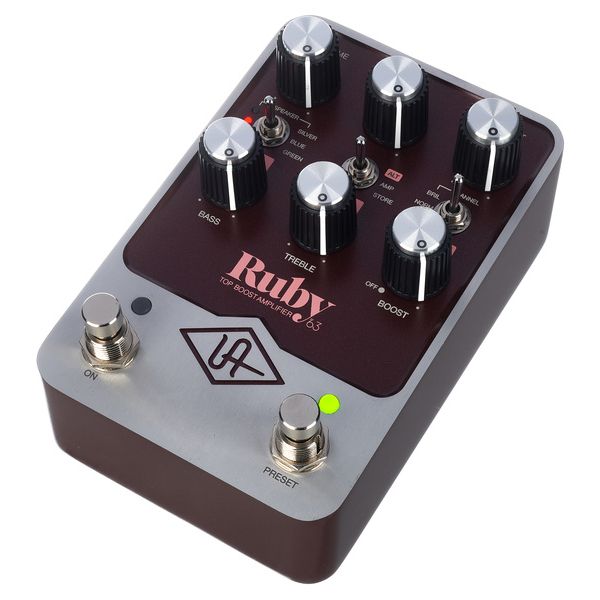
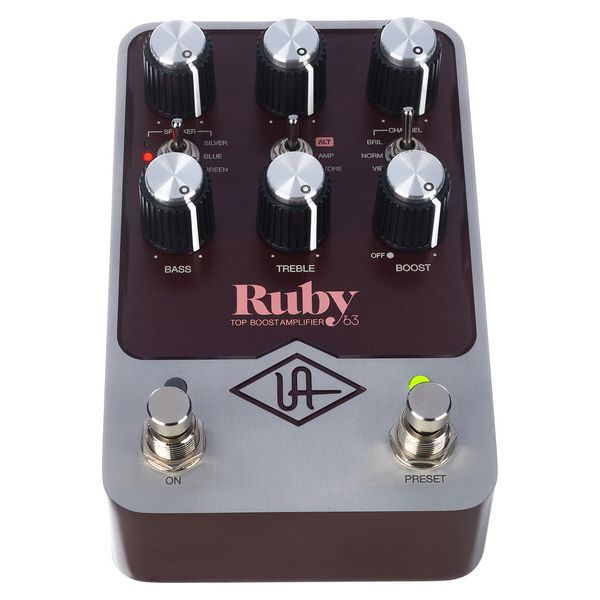
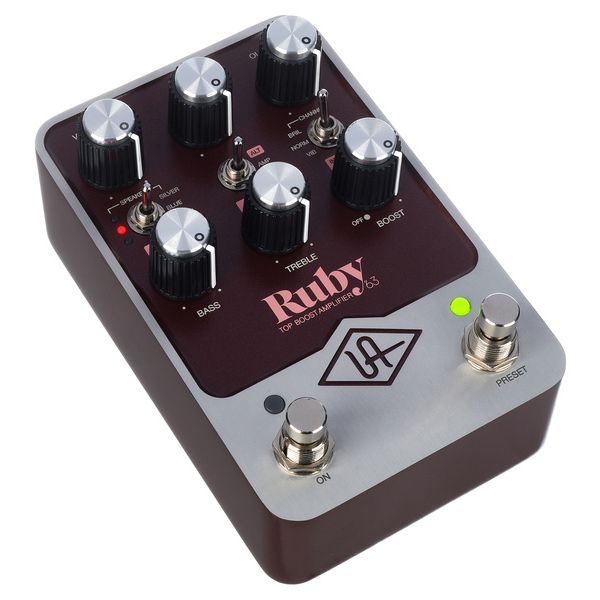
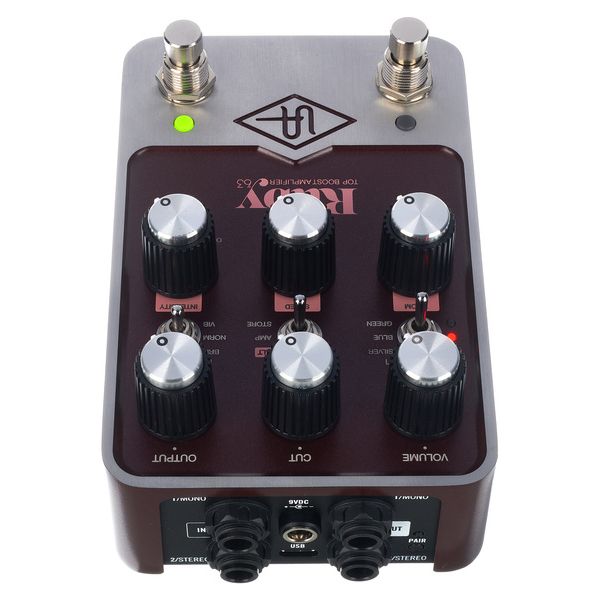
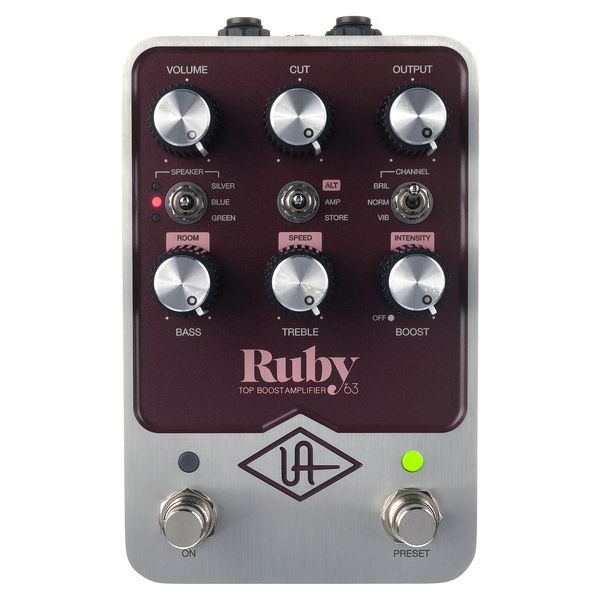
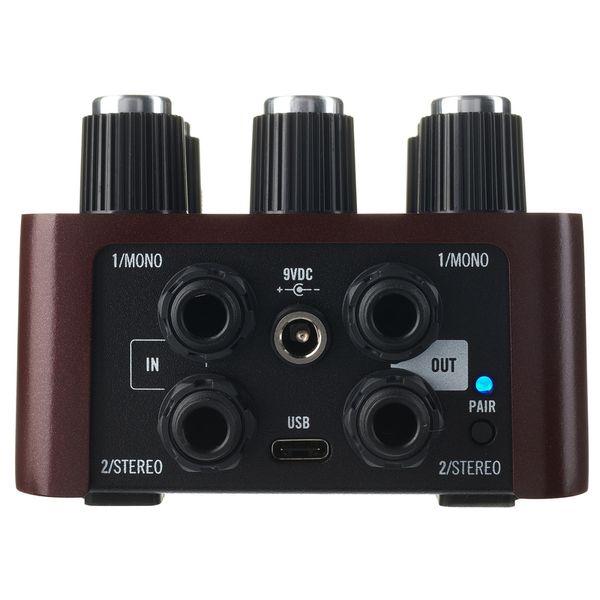
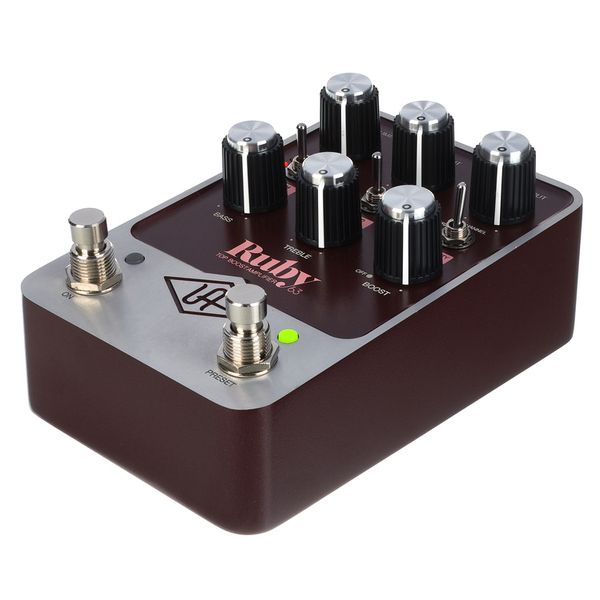
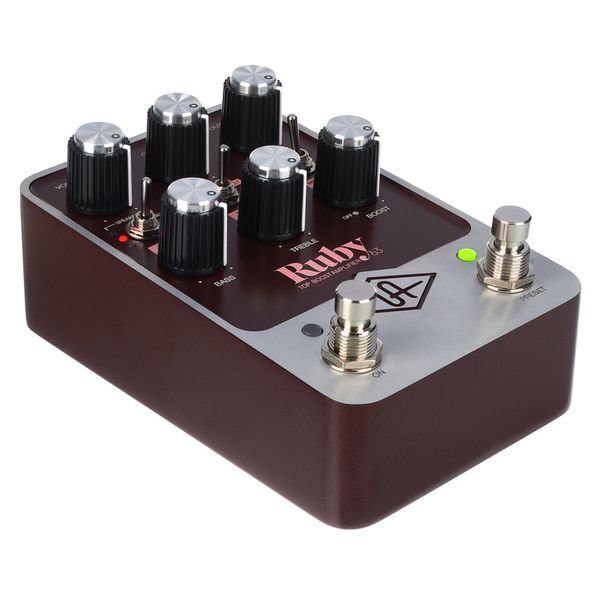
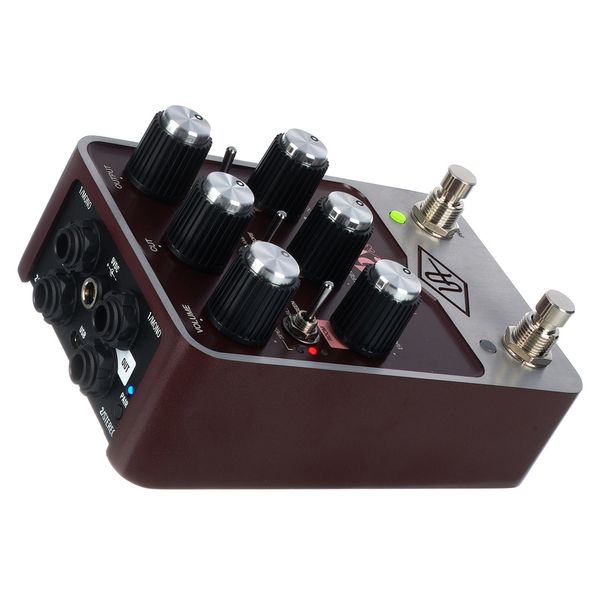

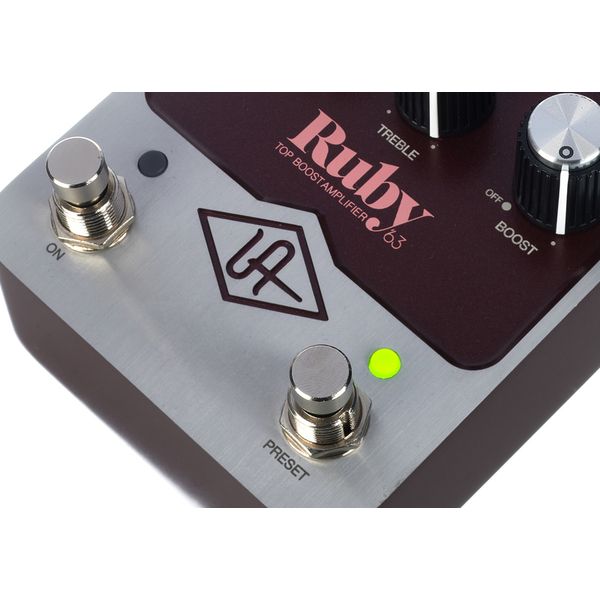
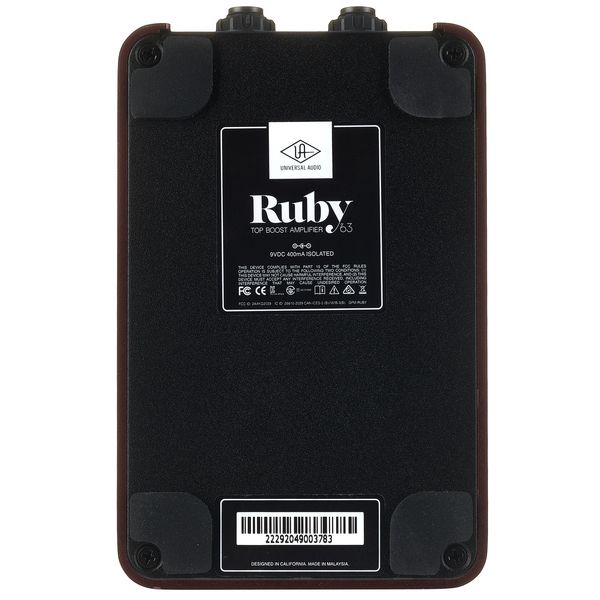















)
)
)

